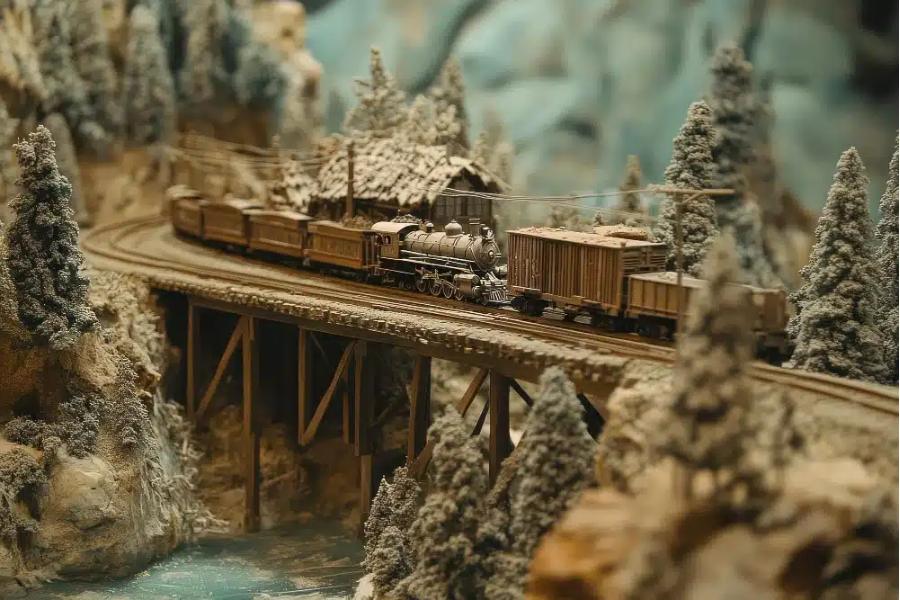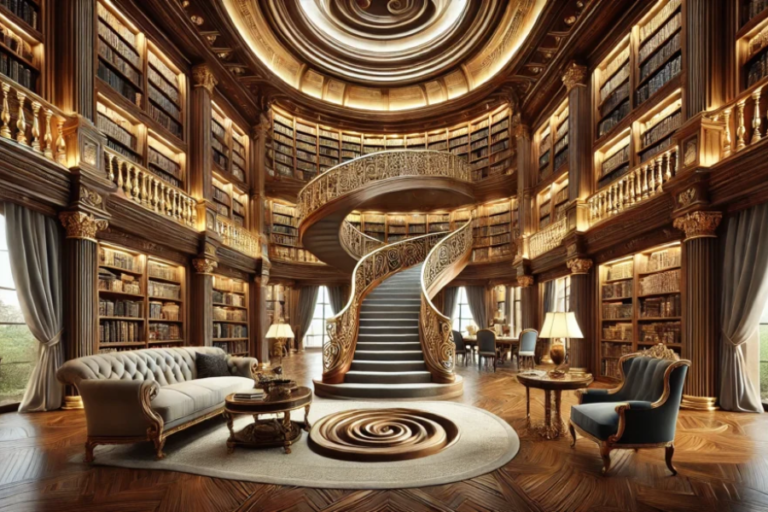Kato 381 Series Weathering: A Complete Guide to Realistic Train Modeling
For model train enthusiasts, the ultimate goal is always to bring as much realism as possible to their displays. The Kato 381 Series is particularly well-known for its remarkable detail and connection to Japan’s renowned tilting trains. If you want to elevate your model’s authenticity, applying weathering techniques to the Kato 381 Series can be a gratifying way to add a sense of history and character. This comprehensive guide will walk you through the necessary materials, techniques, and benefits of Kato 381 Series weathering.
Understanding Weathering in Model Trains
Weathering is the technique of recreating the effects of wear and environmental exposure on model trains to make them appear more like real-world counterparts. Through methods such as dry brushing, airbrushing, and using powders, modelers can simulate grime, rust, dirt, and other natural weathering effects. Kato 381 Series weathering adds an extra layer of realism, enhancing its intricate design and making it resemble a more lifelike replica.
Why Weather the Kato 381 Series?
The Kato 381 Series has gained popularity among collectors for its accurate portrayal of Japan’s famous express trains. Weathering this model offers several advantages, including:
- Emphasizing unique features such as the roof, bogies, and the tilting mechanism.
- Enhancing the model’s clean factory finish with additional depth and realism.
- Creating a personalized, distinctive display piece that tells a compelling story.
Essential Tools and Materials for Kato 381 Series Weathering
Before you begin, ensure you have the right tools on hand. These materials are vital to achieving a professional finish:
- Airbrush:
For applying thin, controlled layers of paint to simulate grime and dirt.
- Weathering Powders:
These are perfect for recreating effects such as rust, dust, and soot.
- Panel Line Washes:
Used to accentuate the finer details and crevices of your model.
- Detail Brushes:
Dry-brush and fine-tipped brushes are ideal for applying paint to edges and tight spaces.
- Masking Tape:
Helps protect areas like windows and lights from unintended weathering.
- Matte Sealant:
Ensures the weathering effects are locked in place, preserving the look over time.
Step-by-Step Process for Kato 381 Series Weathering
Step 1: Preparing Your Model
Begin by thoroughly cleaning the Kato 381 Series to remove any dust or oils that could interfere with the weathering process. Use masking tape to cover any areas that you want to keep pristine, such as windows, lights, or logos. A light base coat of matte finish will also help the weathering materials adhere better.
Step 2: Basic Weathering Techniques
- Dry Brushing: This technique involves applying a small amount of paint to the brush and gently brushing it over raised edges and worn areas. Metallic hues work well for handrails, footplates, and other areas that may experience wear.
- Airbrushing: Use the airbrush to apply light layers of grime-colored paint, especially to the undercarriage, bogies, and areas where dirt would naturally accumulate. Focus on building gradients to create a more realistic, weathered look.
Step 3: Advanced Weathering Techniques
- Rust Effects: Rust-colored powders or paints can be applied to areas that are more prone to corrosion, such as vents, screws, and joints.
- Streaking: For a realistic touch, use a fine brush with diluted paint to create vertical streaks that simulate dirt and rain runoff.
- Panel Line Accents: Apply a panel line wash to bring out the recessed areas and fine details. Wipe away the excess paint, leaving it only in the crevices for a more detailed and worn appearance.
Step 4: Final Touches
- Oil Stains: Apply gloss paint near moving parts to simulate oil stains.
- Dust Effects: Use earth-toned powders on the roof and lower parts of the model to represent dust buildup.
- Seal the Work: Finish the weathering process by sealing the entire model with a matte finish spray to protect it and ensure the weathering effects last.
Avoiding Common Weathering Pitfalls
While weathering can elevate your model train, there are a few mistakes to avoid to ensure a professional finish:
- Over-Weathering:
Applying too much dirt or rust can obscure details and make the model appear unrealistic.
- Neglecting Sealant:
Without a sealant, the weathering effects may smudge or fade over time.
- Wrong Materials:
Always use paints and powders that are compatible with plastic models to prevent damaging your Kato 381 Series.
Displaying Your Weathered Kato 381 Series Model
Once you’ve finished weathering your Kato 381 Series, it’s time to showcase your work. Here are some ideas for displaying your model:
- Photography:
Take well-lit photographs of your weathered Kato 381 Series to highlight the details and effects.
- Dioramas:
Place your model in a realistic diorama scene to add context and tell a more vivid story.
- Social Media and Forums:
Share your results with the model train community online, whether on social media or dedicated forums.
Key Facts about Kato 381 Series Weathering:
- Enhances Realism:
Kato 381 Series weathering is a technique that replicates natural wear and tear, such as dirt, rust, and grime, making the model appear more authentic and lifelike.
- Customizes the Model:
Weathering allows modelers to personalize their Kato 381 Series by adding unique characteristics, such as signs of age or exposure to various weather conditions, making each piece distinct.
- Techniques Used:
Common methods for Kato 381 Series weathering include dry brushing, airbrushing, and applying weathering powders to simulate dirt, rust, and other environmental effects that accumulate over time.
- Requires Specialized Tools:
To achieve professional results, weathering the Kato 381 Series requires tools such as airbrushes, weathering powders, panel line washes, fine detail brushes, and a matte sealant for finishing.
- Boosts Collectible Value:
Properly weathered models, like the Kato 381 Series, can increase the value of the train in a collection, as they not only enhance the model’s realism but also demonstrate advanced modeling skills.
Conclusion
Weathering the Kato 381 Series offers a great way to transform your model train collection. By following this step-by-step guide, you’ll create a truly realistic and unique display piece that brings the essence of Japan’s iconic express trains to life. Don’t hesitate to experiment with different techniques and share your creations with others in the model train community. Start your Kato 381 Series weathering journey today and watch your model come to life!
FAQs About Kato 381 Series Weathering
What is Kato 381 Series weathering?
Weathering the Kato 381 Series involves applying various techniques to simulate the effects of age, dirt, and environmental exposure, giving the model a more lifelike and worn appearance.
Why is Kato 381 Series weathering a good idea?
Weathering brings out the intricate details of the Kato 381 Series, enhancing its realism and making it a more impressive addition to your model train collection or display.
What materials are required for Kato 381 Series weathering?
Key materials for weathering include an airbrush for paint application, weathering powders for grime and rust effects, panel line washes to accent details, and a matte sealant to protect the final finish.
Can Kato 381 Series weathering be undone?
Yes, most weathering techniques can be reversed or modified with appropriate cleaning solutions, allowing you to fine-tune or remove effects if desired.
What should beginners know about Kato 381 Series weathering?
Beginners should start with basic methods like dry brushing and light airbrushing. These easy techniques will help build confidence and lead to a more realistic-looking model.
Stay connected for the latest news and updates on Rater Point!







